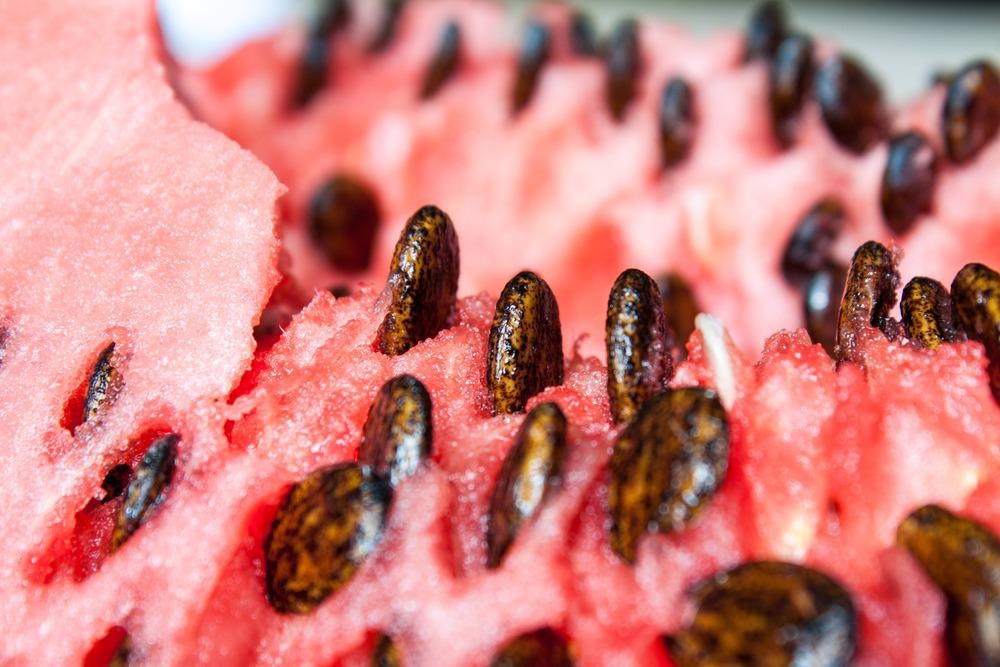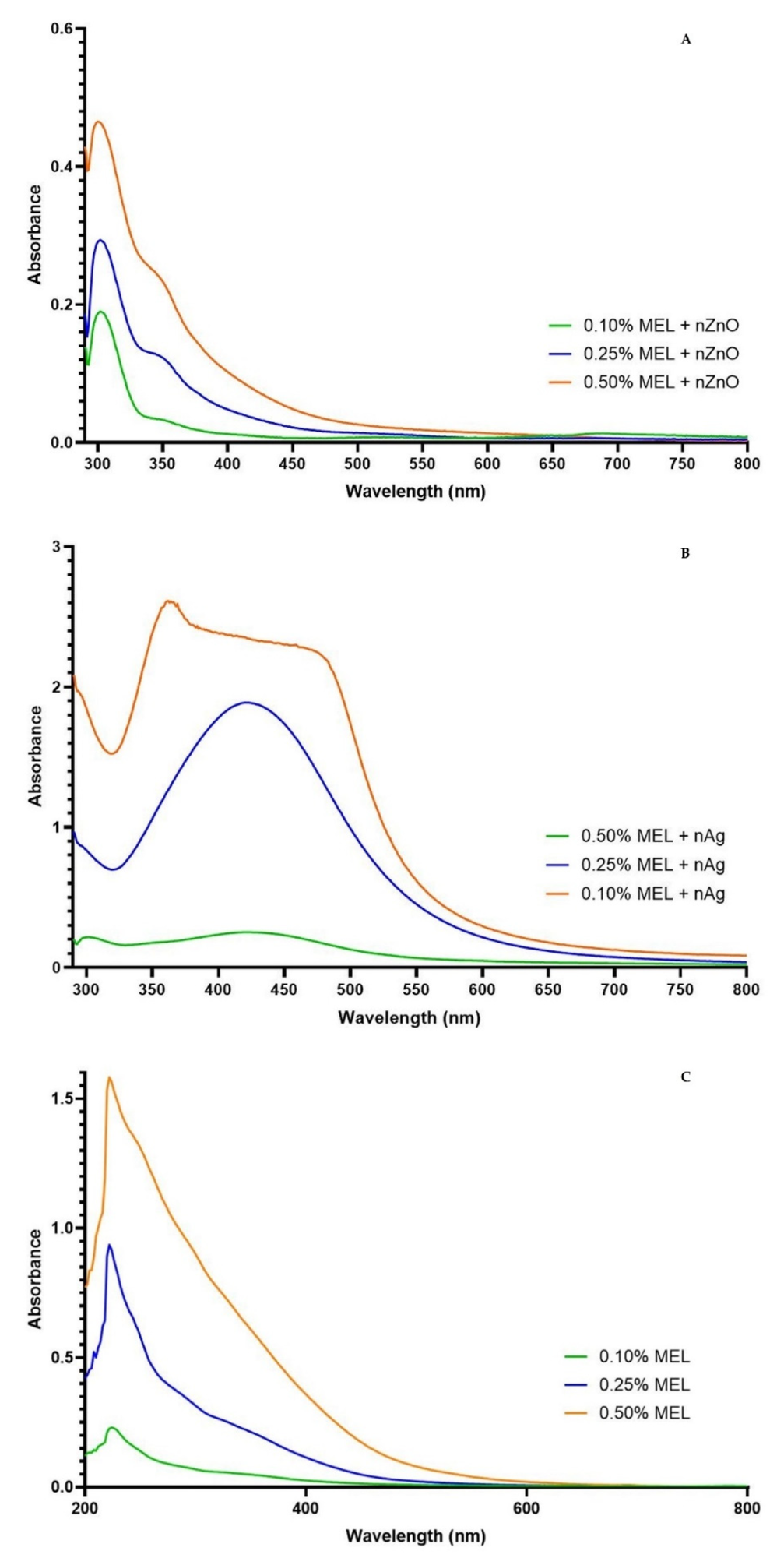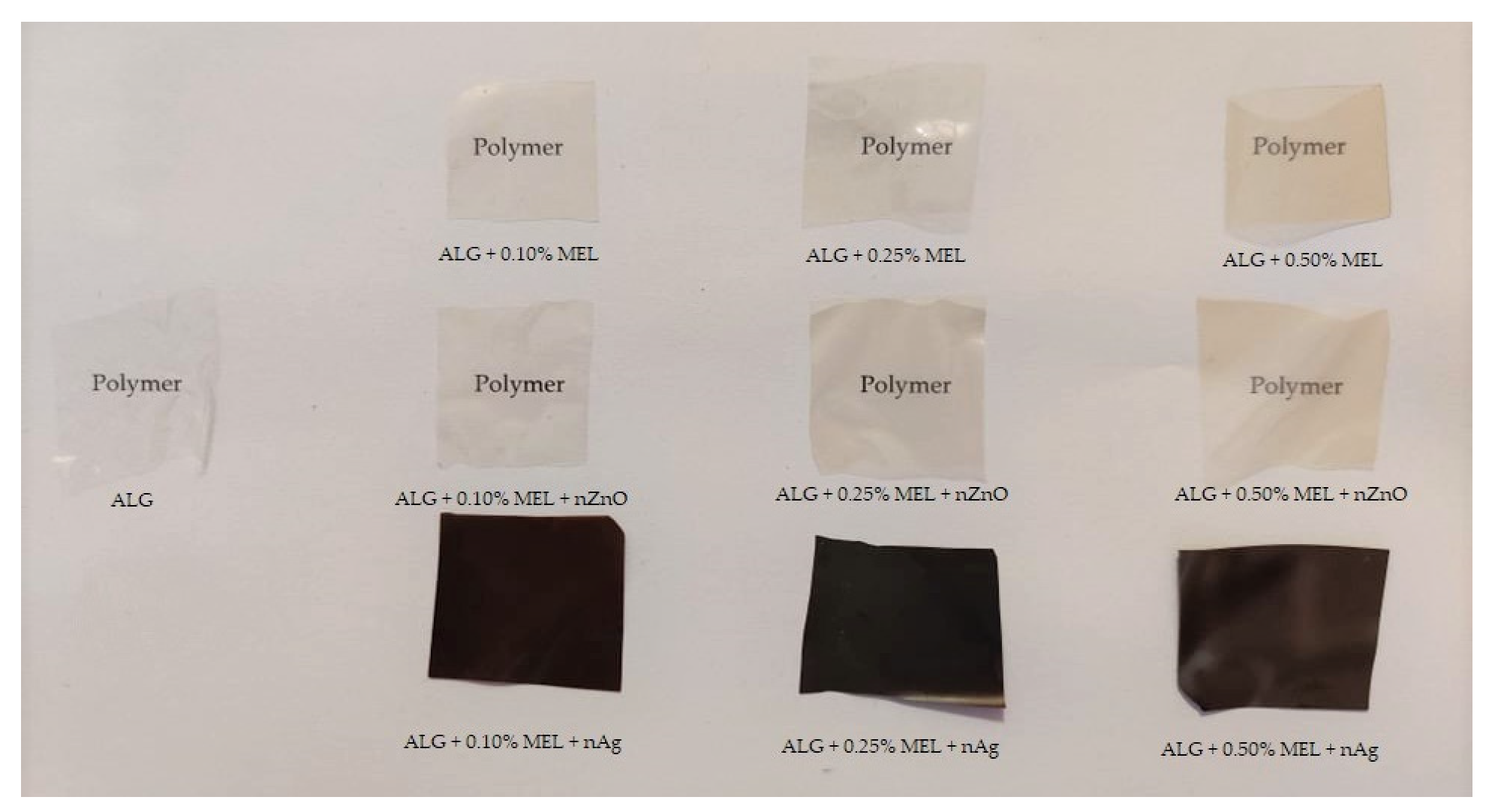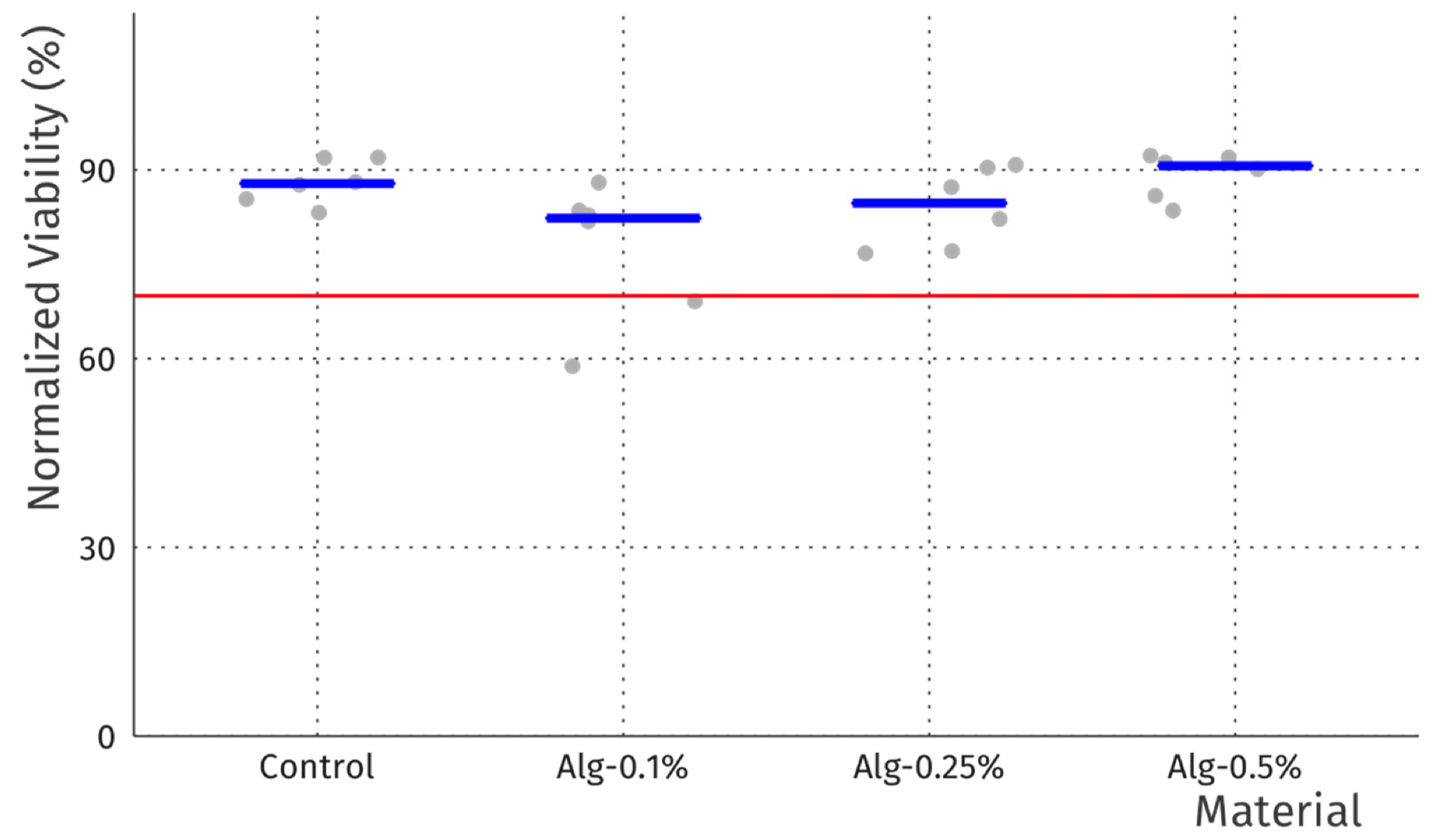 By Surbhi JainReviewed by Susha Cheriyedath, M.Sc.Mar 29 2022
By Surbhi JainReviewed by Susha Cheriyedath, M.Sc.Mar 29 2022In an article recently published in the open-access journal Materials, researchers discussed the preparation of melanin from watermelon weeds and silver/zinc oxide nanoparticle-modified alginate bio-functional films.

Study: Alginate Biofunctional Films Modified with MEL from Watermelon Seeds and Zinc Oxide/Silver Nanoparticles. Image Credit: Denis Ososov/Shutterstock.com
Background
It is critical to safeguard food from any unfavorable chemical, physical, or microbial effects while they are being transported and stored. Some of these organic wastes have the potential to be exploited as a source of bioactive chemicals. Plastics have become one of the most commonly utilized materials in almost all industries. To lessen the adverse impact of packaging on ecosystems, less damaging alternatives to traditional plastics, such as renewable or biodegradable materials, are needed.
Because biopolymers offer such a wide range of qualities, they can be used in a wide range of industries. Melanin (MEL) can be utilized to decrease metal compounds and create metal nanoparticles because of their antioxidant action. Zinc oxide (ZnO) nanoparticles (NPs) have antimicrobial properties, making them ideal for removing microbiological pollutants from water or as antibacterial additions in coatings and paints.
Silver (Ag) NPs are also useful in the pharmaceutical and medical industries because of their antibacterial qualities. The antibacterial and ultraviolet (UV) barrier capabilities of ZnO and Ag NPs, as well as their potential effects on the polymer matrix, suggest that these nanoparticles could be used in active packaging materials.

UV-Vis spectra of obtained zinc oxide nanoparticles (A), silver nanoparticles (B) samples, UV-Vis spectra of C. lanatus melanin at different concentrations for comparison (C). Image Credit: Łopusiewicz, L et al., Materials
About the Study
In this study, the authors discussed the preparation, characterization, physicochemical, antimicrobial, and antioxidant properties of alginate (ALG) films modified with MEL derived from watermelon (Citrullus lanatus) seeds at concentrations of 0.10, 0.25, and 0.50% w/w, as well as silver and zinc oxide nanoparticles wherein 10 mM concentration of film casting solutions were used for both metal nanoparticles. MEL was used as the film's main constituent as well as a nanoparticle stabilizer.
The team illustrated how adding MEL from watermelon seeds, a waste product from the food sector, affected the properties of ALG films. MEL was employed as a direct addition or in the synthesis of ZnO NPs and Ag NPs. A novel methodology to modify ALG films with natural MEL or in combination with NPs to increase their functionality was proposed. Fourier transform (FT)-infrared (IR) spectroscopy was used to investigate the chemical composition of the modified films after the addition of MEL and nanoparticles. The impact of MEL on the color, hydrodynamics, and optical characteristics of the films was also investigated.
The authors evaluated the biofunctionality of the prepared alginate films in vitro by assessing their barrier and mechanical properties, as well as cytotoxicity and antioxidant characteristics. A colorimeter was used to examine the effect of MEL and Ag or ZnO NPs on the color of the produced films. Measurement of microbial growth inhibition on plate count agar (PCA) in the presence of discs composed of test films was used to study antibacterial characteristics.

The visual appearance of neat and modified alginate films. Image Credit: Łopusiewicz, L et al., Materials
Observations
The addition of MEL increased the qualities of the tested films' free radical scavenging activity from 8.60 ± 0.00% for 1,1- diphenyl-2-(2,4,6-trinitrophenyl) hydrazyl (DPPH) and 7.27 ± 2.39% for 2,2’-azino-bis(3-ethylbenzothiazoline-6-acid) sulfonic acid (ABTS) to 90.62 ± 0.00% and 90.87 ± 0.02%, respectively, for the lowest MEL concentration used.
Both 96.95% UV and 97.01% visible light could pass through unmodified ALG films. The amount of MEL employed increased the UV light barrier qualities from T280 equivalent to 61.22% for ALG + 0.10% MEL film to 43.67% for ALG + 0.50% MEL film. With the increase in the content of MEL, the tensile strength (TS) increased from 5.97 ± 1.12 MPa for films with 0.10% (w/w) MEL content to 17.59 ± 3.91 MPa for films with the greatest content.
The additives had an impact on color, barrier, and thermal properties in the presence of water UV-visible radiation. The corresponding antioxidant, antimicrobial, and mechanical characteristics also changed after the incorporation of additives. The MEL-modified films had about 90% ABTS and DPPH radical scavenging, up to 4 mm E. coli and S. aureus growth inhibition zones for both Ag and ZnO NPs, and two-fold higher tensile strength for silver nanoparticles.
ZnO NPs increased UV barrier characteristics while preserving acceptable visible light transmittance, whereas Ag NPs resulted in a nearly complete UV barrier and lowered visible light transmittance of the produced films. Furthermore, in cytotoxicity testing, the generated films had no negative impact on cell survival.

Cell viability data normalized to sham control (no disc) for alginate films with MEL and control film without MEL. Grey dots represent individual samples (n = 6), while blue bars indicate median values. Red line marks the 70% viability threshold of ISO10993-5. Image Credit: Łopusiewicz, L et al., Materials
The viability of the prepared films was far above the 70% standard of ISO10993-5, and no significant changes in morphology were seen. No interference was observed in the case of ALG films containing varying concentrations of MEL, and no cytotoxicity was discovered by the resazurin viability assay after a 24-hour incubation period. For the 0.10% MEL concentration, the addition of ZnO NPs reduced the reducing power RP and DPPH values to 0.016 ± 0.002 and 5.15 ± 0.00%, respectively.
Conclusions
In conclusion, this study elucidated that adding ZnO NPs or Ag NPs to cells had no negative impact on cell survival. An antibacterial action i.e., growth inhibition zones of E. coli and S. aureus of up to four mm for both Ag and ZnO NPs were established.
The authors emphasized that the prepared biofunctional MEL-modified ALG films could be used for active food packaging or biomedical applications due to their antioxidant and antibacterial properties.
Disclaimer: The views expressed here are those of the author expressed in their private capacity and do not necessarily represent the views of AZoM.com Limited T/A AZoNetwork the owner and operator of this website. This disclaimer forms part of the Terms and conditions of use of this website.
Source:
Łopusiewicz, L., Macieja, S., Sliwinski, M., et al. Alginate Biofunctional Films Modified with MEL from Watermelon Seeds and Zinc Oxide/Silver Nanoparticles. Materials 15(7) 2381 (2022). https://www.mdpi.com/1996-1944/15/7/2381